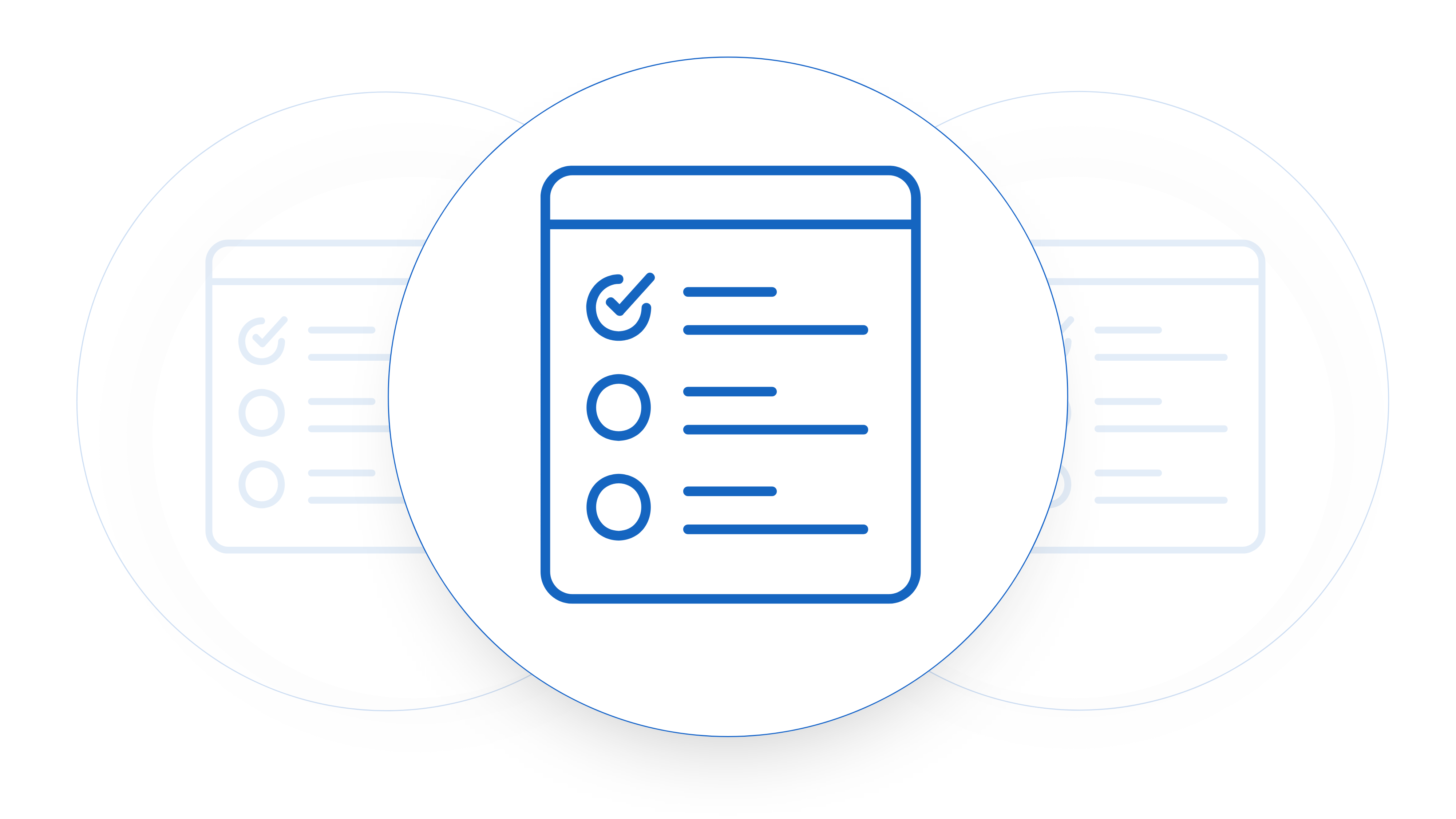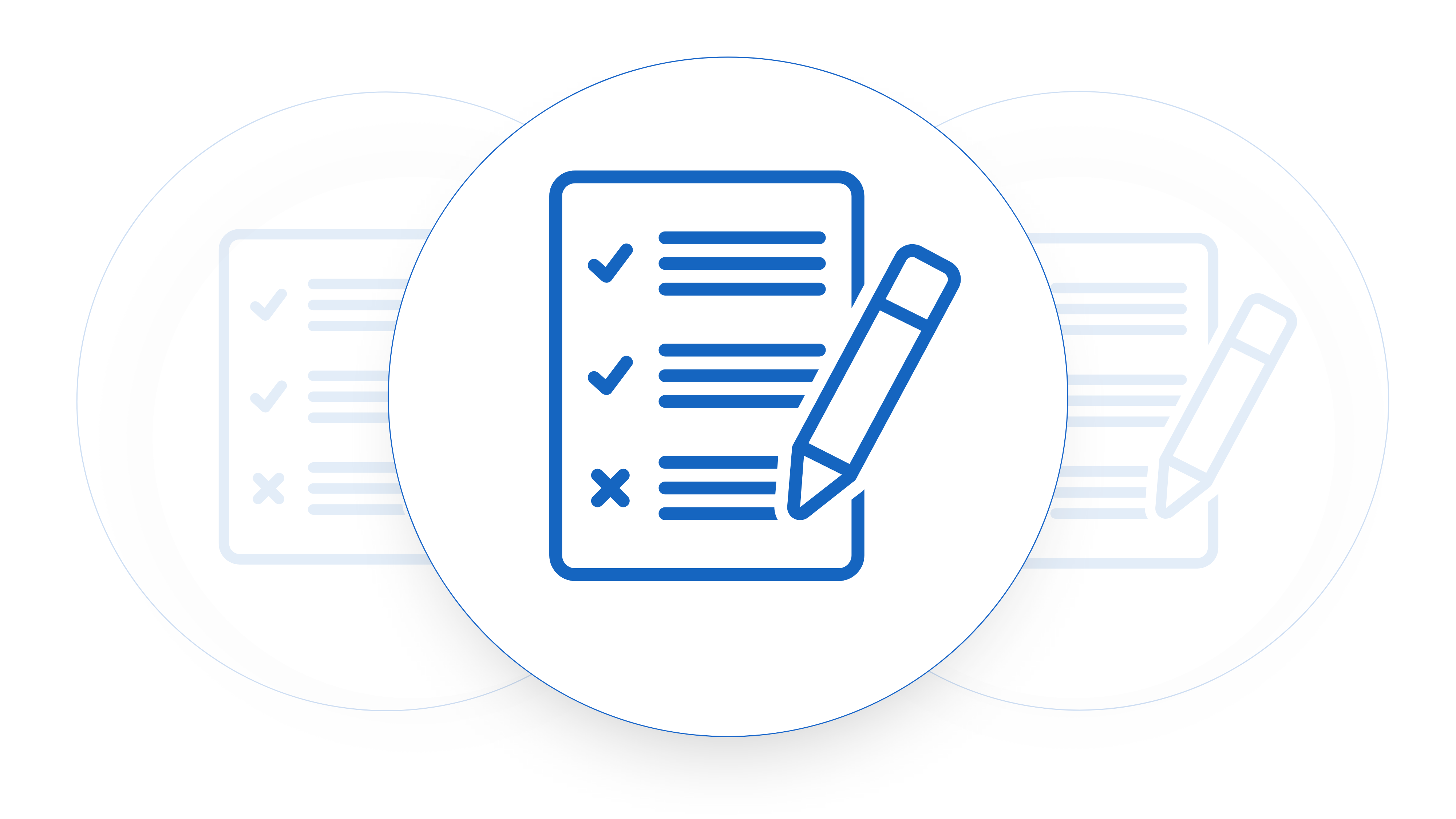Stacked pipeline, end of the quarter, shooting for that quarter over quarter growth rate. To keep climbing and a week out you’re reviewing the deals. In their final stages when you get a chorus of ‘it’s with legal’ from your sales team. What does that mean? What’s being prioritized? When will we get this back to the customer? Who do I follow up with? Knowing how an effective legal team should work with your sales pipeline can save you from a lot of heartaches.
Getting your legal team in a sales pipeline and these two teams playing nice with each other is tough. For startups, achieving a seamless integration of legal and sales is one of the biggest things that can speed up your sales cycle. This blog post takes a deep dive into the challenges faced by startups in aligning these critical elements so you can stop hearing ‘it’s with legal’.
Common Structures For A Legal Team In A Sales Pipeline
As with any part of your organization team and process structure will be important to ensure the tail end of your sales process is working efficiently. We’ve observed several ways startups accomplish this.
First In First Out
In the context of managing redlining processes for software sales contracts, the FIFO method refers to “First In, First Out.” This method commonly prioritizes handling contract redlines based on their reception order.
Here’s how the FIFO method typically works in this context:
- Receiving Redlines: Customers or other involved parties submit redlines, which are then entered into a queue or system.
- Prioritization: Using the FIFO method, the redlines are prioritized based on the time they were received. The first set of redlines that arrived in the queue are addressed first, followed by subsequent ones in the order they were received.
- Processing: Contract managers or legal teams review and address each set of redlines according to the established prioritization. This may involve making revisions to the contract language, negotiating terms, or seeking approvals.
- Tracking Progress: We update contract negotiation statuses as we process redlines. This helps maintain transparency and ensures that all stakeholders are aware of the progress.
- Completion and Closure: Once we address and agree upon all redlines for a contract, we conclude the negotiation process and execute the finalized contract.
By using the FIFO method, organizations can ensure a fair and systematic approach to managing contract redlines, helping to streamline the negotiation process and minimize delays in finalizing software sales contracts.
Issues With FIFO For Redlines
There can be a number of issues with FIFO method, in particular for startups that are selling into enterprise customers or companies that are early in their journey. The core reason for this is that there are deals which can have a material difference in reaching the end of month goals that don’t always come in an order that would make sense for FIFO. How many times have you found yourself scrambling because a large customer sends back redlines on the last day of the month? With a rigid FIFO structure, you won’t handle these situations well, potentially jeopardizing your sales goals.
Dynamic Prioritization Of Contracts
An alternative process to the FIFO method in the context of managing redlining processes for software sales contracts could involve a dynamic prioritization approach based on the dollar value and strategic importance of each sales deal. This approach ensures efficient allocation of resources, focusing on deals with the highest financial impact or strategic significance for the organization. Here’s how this alternative process could work:
1. Deal Assessment:
Upon receiving redlines for software sales contracts, we evaluate each deal based on its dollar value and strategic importance. Dollar value may be determined by factors such as the total contract value, potential recurring revenue, or overall profitability. Strategic importance could be assessed based on alignment with company goals, market opportunity, or potential for long-term partnership.
2. Scoring System:
Develop a scoring system that assigns a numerical value to each deal based on its dollar value and strategic importance. For example, a high-value deal with significant strategic alignment might receive a higher score compared to a smaller deal with less strategic significance.
3. Prioritization Algorithm:
Utilize an algorithm that dynamically prioritizes deals based on their scores. This algorithm should consider both the dollar value and strategic importance to determine the order in which redlines are addressed. Deals with higher scores receive priority in the redlining process, ensuring efficient allocation of resources to focus on the most critical deals first.
4. Real-Time Monitoring:
Implement a system for real-time monitoring of deal scores and priorities. As new information becomes available or deal dynamics change, the prioritization algorithm should be able to adjust accordingly. This ensures that the redlining process remains flexible and responsive to changing business needs.
5. Stakeholder Collaboration:
Encourage collaboration among stakeholders, including sales teams, legal departments, and executive leadership, to provide input on deal priorities and ensure alignment with overall business objectives. Regular communication and feedback loops help ensure that the prioritization process remains effective and aligned with strategic goals.
By implementing a dynamic prioritization approach based on the dollar value and strategic importance of each sales deal, organizations can ensure efficient allocation of resources to focus on deals with the highest potential impact. This maximizes revenue opportunities and strategic value.

Contract Management Made for Startups
Set Tasks, Negotiate Faster
Syncing Legal Processes for Sales Momentum
Tech startups often wrestle with aligning legal processes with the lumpy timings demanded by the sales pipeline. It’s akin to having a powerful engine but navigating contract negotiations with difficulty. To overcome this challenge effectively, dynamic solutions are the only way to deal with this.
Solutions:
- Dynamic Contract Dashboards:
- Navigate negotiations at a glance with comprehensive contract stage overviews.
- Task Management Agility:
- Steer through legal tasks precisely, ensuring a smooth flow in contract negotiations.
- Automated Alerts:
- Receive real-time notifications enabling swift responses, reducing lag time in the negotiation process and maintaining the momentum of the sales pipeline.
Clear Vision: Navigating Lumpy Timelines
Founders and leaders often find themselves in the dark about the progress of legal negotiations, leading to uncertainty in getting to sales targets. Real-time insights become the thing that will help them get through a wild end of month.
Solutions:
- Live Metrics Dashboard:
- Show progress for strategic decision-making with a real-time overview of legal processes.
- Visual Boards for Oversight:
- Clear snapshots allow leaders to guide with confidence, offering a visual representation of the legal landscape for informed decision-making.
- Collaborative Spaces:
- Facilitate easy interaction between legal and leadership, fostering a collaborative environment for effective decision-making.
Unlocking Growth: Freeing Post-Contract Info
Post-contract, critical information often remains trapped, hindering startups from leveraging data for growth. Contract Sent offers solutions to dig this information out and unlock its full potential.
Solutions:
- Dynamic Document Tracking:
- Extracting contract information for ongoing growth by implementing dynamic document tracking that ensures data accessibility post-contract.
- Intuitive Boards for Post-Deal:
- Effortless navigation to access post-contract insights through super easy to read boards, enabling startups to capitalize on valuable information.
- Analytics Integration:
- Transform data into actionable insights with analytics integration, providing a comprehensive understanding of post-contract dynamics.
Achieving Success: Your Legal and Sales Teams Working Together
With Contract Sent, your legal and sales teams transform into a will oiled machine for the end of sales pipeline crunch. It’s not just about managing contracts; it’s about making sure the right contracts are closed at the right time to hit company targets.











